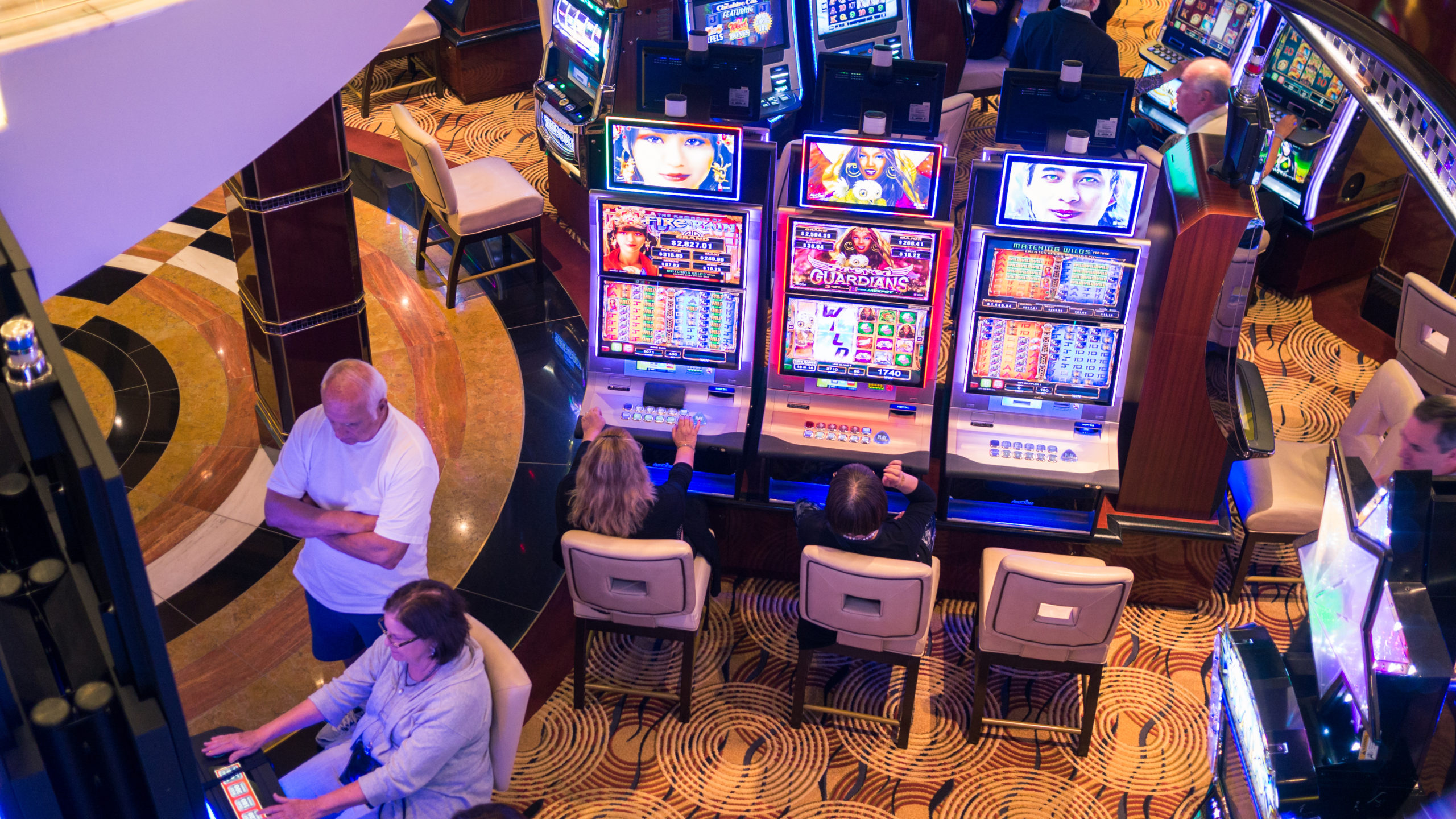Casino games have long captivated the human imagination, drawing players into a world filled with chance, tactics, and the allure of thrill. Each experience is meticulously crafted not just for entertainment, but also to inspire specific emotional responses that keep players involved and interested. Understanding the drives behind these designs reveals much about how behavioral psychology plays a vital role in the gaming experience.
From the bright lights and vibrant sounds to the intricate layering of rules and rewards, casino games are designed to create an atmosphere of thrill and expectation. Game designers leverage mental cues to influence participant behavior, whether through the use of big prizes, almost wins, or community engagement. By examining these factors, we can better appreciate how casino games fulfill not just a desire for entertainment, but deeper psychological needs for adventure and risk.
Comprehending Player Actions
Casino games are engineered with a thorough understanding of player psychology, which is vital for luring and keeping players. The excitement of the game, alongside the expectation of winning, establishes a formidable allure. Game designers make use of elements like audio cues, colorful graphics, and immersive gameplay to seize attention and elicit emotional responses. These sensory effects enhance the total environment, making players feel more involved in the game.
Another important aspect of player behavior is the idea of risk/reward dynamics. Casino games often balance high-stakes situations with the potential for significant rewards, which can lead to the occurrence known as near-miss experience. When players come near to winning, the brain releases dopamine, reinforcing their behavior and motivating them to continue playing in pursuit of that hard-to-reach win. This cycle of anticipation and frustration plays a critical role in how games are designed and promoted.
Lastly, community aspects also play a critical role in player behavior at casinos. Many games are made to be played in teams or alongside other players, fostering a sense of togetherness and collective experience. The interaction inherent in games like baccarat enhances enjoyment and can lead to extended gameplay. Designers capitalize on this by designing environments that invite players to stay, connect, and come back, making the overall casino experience more inviting.
The Role of Imagery and Sound
Imagery and sound play a significant role in elevating the player’s experience within casino games. Designers utilize vibrant colors, eye-catching graphics, and engaging animations to attract gambler’s attention and hold their interest. The use of themes, such as adventure or luxury, helps create an immersive atmosphere that takes players into a different world. By appealing to the senses, these elements contribute to a intensified emotional response, encouraging players to interact more profoundly with the games.
Audio design is equally important in reinforcing the experience of casino games. The mix of ambient music, sound effects for successful combinations, and environmental noises creates an sound landscape that holds players fascinated. Sounds associated with wins, such as ringing bells or festive music, evoke feelings of excitement and satisfaction, prompting players to keep playing. j888 These audio cues are carefully placed to amplify the thrill of the game and create a more engaging experience.
Additionally, the synchronization of imagery and sound is essential for reinforcing the game’s overall theme and mood. Each element should align seamlessly to create a unified experience that draws players in. The effective use of this synergy not only enhances user enjoyment but also increases the chances of return play, as players become more invested in the captivating world that the gambling games offer. This thoughtful integration of imagery and audio ultimately enhances player involvement and commitment.

Reward Structures and Engagement
The design of gambling experiences heavily relies on incentive systems to ensure participants engaged and coming back for additional experiences. These systems are based in behavioral theories that exploit human nature and desire. Players are often driven by the excitement of winning, which is supported by instant responses through the game structure’s design. This prompt satisfaction not only improves the overall experience but also fosters a feeling of success, encouraging participants to continue participating in hopes of greater gains.
Casinos implement various incentive systems, including large payouts, bonuses, and increased rewards, to engage participants. These elements create a layer of excitement that maintains interest. Additionally, the unpredictability of outcomes plays a significant role in keeping attention. The variable reward system, where successes are random but happen often enough, maintains players on edge and driven to keep playing. This cycle of anticipation and anticipation is foundational to the success of gambling experiences.
In addition, social elements, such as tournaments and multiplayer features, enhance the engagement factor by leveraging the desire to compete of players. The shared experience of playing with fellow participants can intensify the thrill of success and create a sense of community within the casino. By integrating these social dynamics with effective incentive structures, casino games don’t just provide entertainment but also nurture a stronger connection among players, reinforcing their loyalty to the gaming experience.